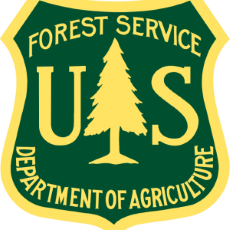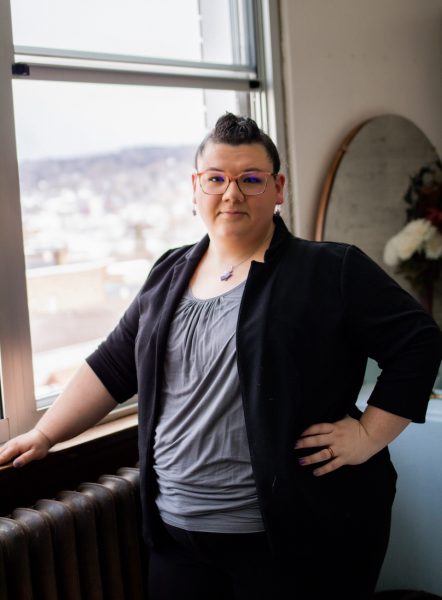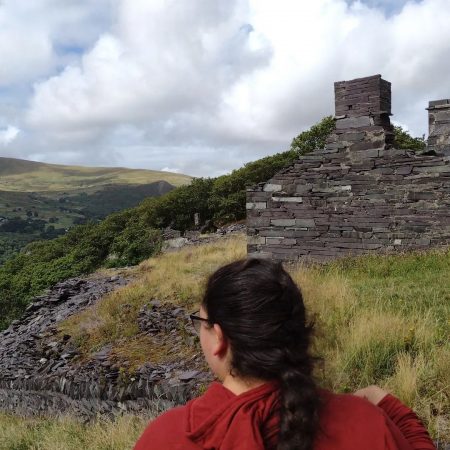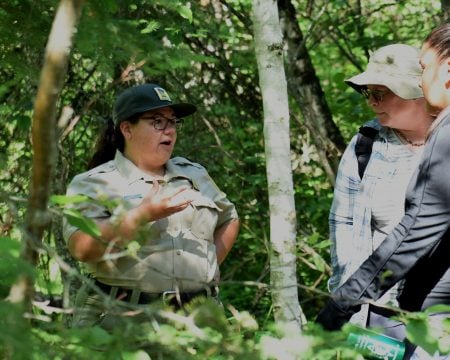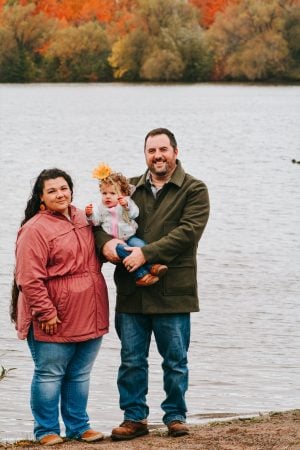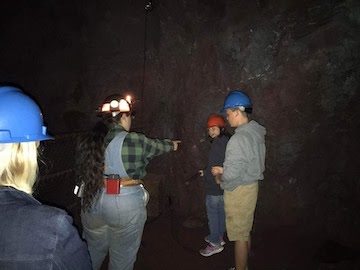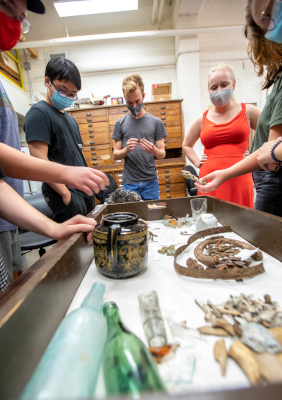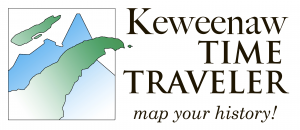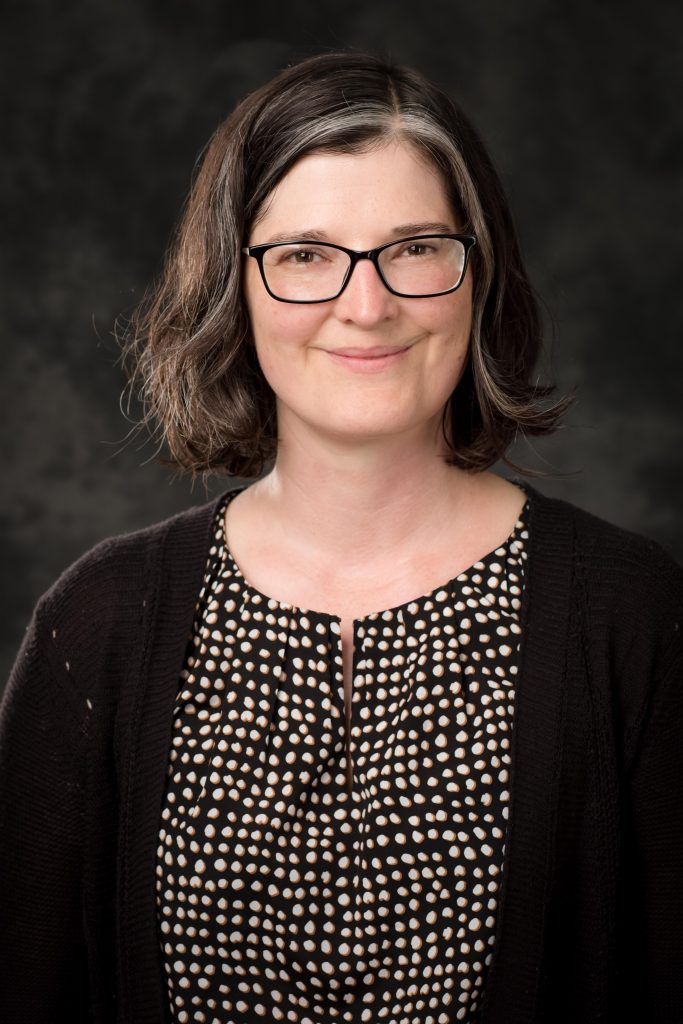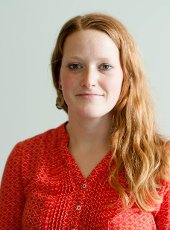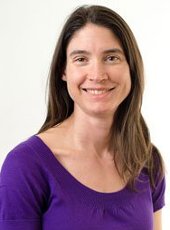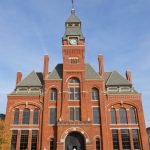LouAnn Wurst is the PI on a project that has received a $28,508 other sponsored activities co-op joint agreement from the U.S. Department of Agriculture’s U.S. Forest Service.
The project is titled “Archaeological Collection Cooperative Management Hiawatha National Forest.”
Wurst’s research interests include Historical and Industrial Archaeology, primarily concerning archaeology and capitalism, class and inequality, Marxist theory, and historic preservation and cultural resource management. Wurst’s recent projects include explorations of capitalist transformations in agriculture; working and living conditions for labor in the Cleveland Cliffs Iron Mine lumber camp; social relations of industrial production and worker mobility; and comparisons of industrial labor between Finland and Michigan’s Upper Peninsula
About the Social Sciences Department at Michigan Tech
Michigan Tech’s Department of Social Sciences offers bachelor of science degrees in Anthropology, Policy and Community Development, Sustainability Science and Society, and Social Science, along with a bachelor of arts degree in History. Our graduate program includes masters and doctoral degrees in Environmental and Energy Policy and Industrial Heritage and Archaeology (the only one of its kind in the world), and a master’s in Sustainable Communities. Plus, you can get a graduate certificate in Public Policy in by taking three courses in just one term.
Questions? Contact us at socialsciences@mtu.edu. Follow us on Facebook, Instagram and Twitter for the latest happenings.

